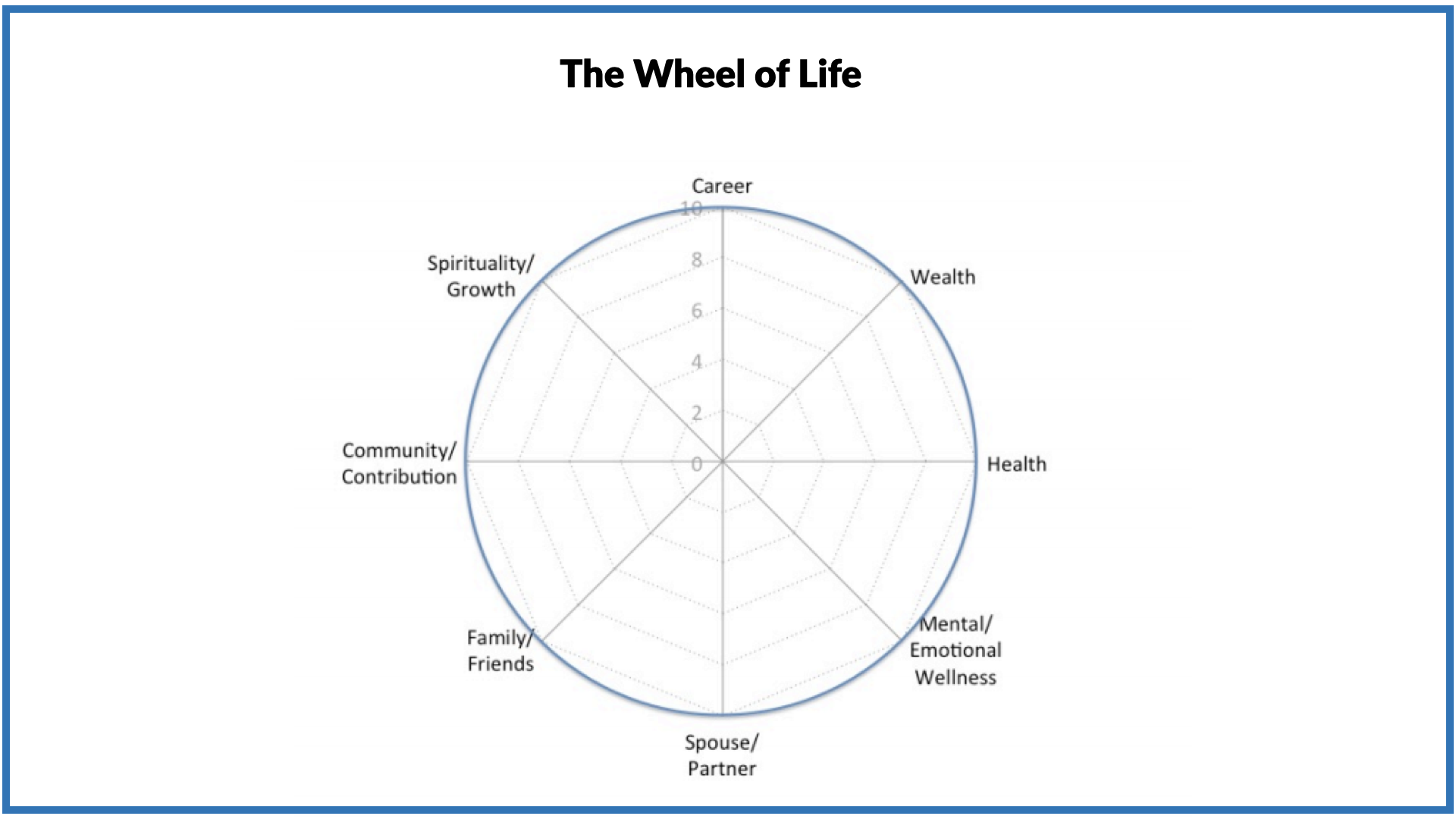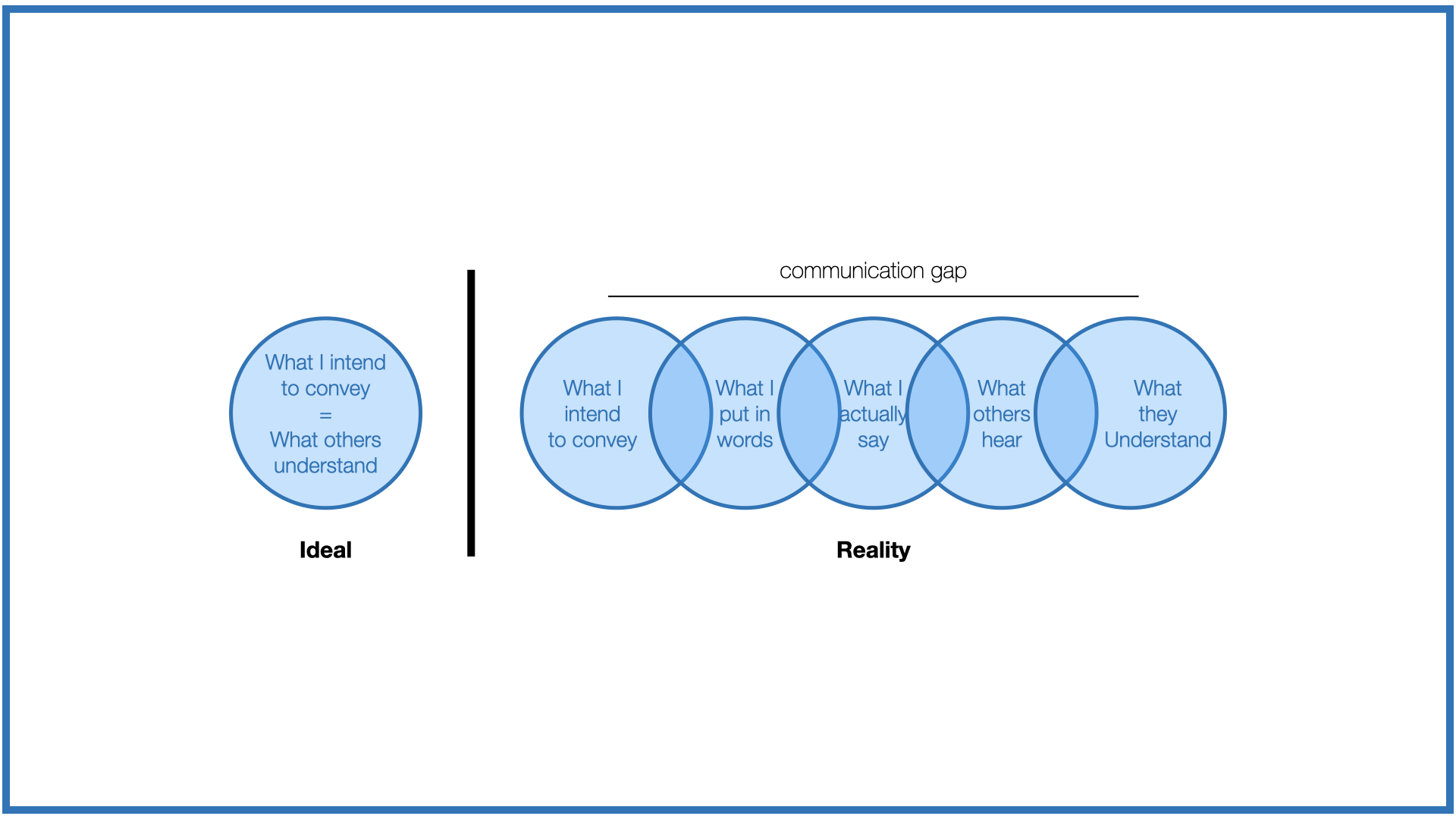As a career strategist, I help my clients figure out what career success means to them, and how they can pursue it while staying true to their most important values. There are a number of career success factors that we work on, one that people have strong feelings about is networking. While some people hate networking, others treat it as a necessary evil - something that they HAVE to do, and therefore something they don't want to waste any more time than the absolute minimum they can get away with. Strangely, this is not restricted to extroverts - I have seen extraverts, and also people whose jobs involve meeting a lot of new people and developing critical relations, treat networking with disdain.
Even those who are neutral or like the idea of networking, are not quite clear about how they should go about it. Needless to say, when it comes to networking, there are a number of mistakes that people commonly make. Here are six examples of networking mistakes that people make that I came across in my reading. Where relevant, I have provided links to the source, so that you may go deeper if you wish.
Treating Networking as a necessary evil
When people have misgivings about networking or think of it as a distasteful task they are forced to undertake, their negative attitudes show up in their approach to networking and affect the quality of relationships and engagement. This not only makes networking ineffective, but it also causes them a lot of stress. In Learn to Love Networking, Tiziana Casciaro and her co-authors suggest that adopting a promotional mindset, that is seeing networking as an opportunity for discovery and learning would make it feel less inauthentic and more fulfilling
Promotion-focused people networked because they wanted to and approached the activity with excitement, curiosity, and an open mind about all the possibilities that might unfold. Prevention-focused people saw networking as a necessary evil and felt inauthentic while engaged in it, so they did it less often and, as a result, underperformed in aspects of their jobs
Not treating networking strategically
Another common mistake that people make is to take a very tactical or transactional approach to networking. Fundamentally, networking is about close and mutually beneficial relationships. Therefore, it needs long-term thinking, a strategic approach and constant engagement. Allison Jones shares a number of good tips in 5 Common Misconceptions That Make You Bad at Networking.
Focusing on things that don't really matter
As in most areas of life, when it comes to networking, people tend to focus on what marketers call "vanity metrics". Examples of vanity metrics in networking are the size of your network, the number of high-profile or powerful people you can claim as part of your network, the number of people who follow you on social media etc. However, the value of a network is not only a function of its size. A large network in which there is little or no engagement is inferior to a smaller network where there is a high degree of engagement. Similarly, a large network that consists mainly of other people like you is of limited value. It is much better to go for a network that scores high on BCD - breadth, connectivity and dynamism. In How to Revive a Tired Network, Herminia Ibarra explains how lack of breadth, connectivity and dynamism leads to inbred and ineffective networks, and how you can go about improving these in your network.
Letting Nature take its course
Networking is work. It takes a certain amount of effort to build, grow and sustain your network. And this goes beyond merely being intentional and proactive about building your network. How you go about building your network matters as well. According to Brian Uzzi and Shannon Dunlap, if you have initiated relationships by approaching prospective network members directly, you are likely to end up choosing people you spend a lot of time with (proximity principle) and who are just like you (self-similarity principle). This seriously reduces the diversity and impact of your network.
The authors provide a number of useful tips, such as using netwrok brokers, focusing on shared interests and other ways of overcoming these limitations in their article How to Build Your Network
Not keeping your network balanced
Your network supports you in your career in multiple ways. For instance, you might rely on your network for information, political support, personal growth, motivation and morale, meaning, as well as inspiration. All these are essential functions of your network, and unless you have been careful and deliberate when building your network, you might find your network is skewed - offering lots of one kind of support, and severely deficient in others. In Managing Yourself: A Smarter Way to Network, authors Rob Cross and Robert J. Thomas outline a four-step process to restore the balance: analyze, de-layer, diversify, and capitalize. This balance is the key to better performance, as well as greater job satisfaction.
Not Refreshing your Network Periodically
An important part of managing your network is refreshing it periodically, so that it stays relevant (for you and other members) as your work context changes - as you change jobs, geographies, get promoted, or even undertake a career shift. Your network must grow with you, and it must stay relevant to your current as well as future needs. Herminia Ibarra in the article referenced earlier has this to say: Network should grow with you.
We change jobs, firms, and even countries, but our networks lag behind our new responsibilities and aspirations and therefore pigeonhole us just when we need a fresh perspective or seek to move into something different.
Conclusion
As we have seen in this post, even if you are able to overcome your reservations and aversion to networking, it can be very tricky to network effectively. Even if you like networking, you are likely to commit any of several common mistakes that people make when it comes to networking. Besides being intentional and proactive, you are likely to need advice and guidance on navigating the path to networking success. The links suggested in this article should be a useful place to start learning more in this area.
If you looked at your networking approach and outcomes over the years, which of these (or other) mistakes are you making when it comes to building, growing and sustaining your network?





